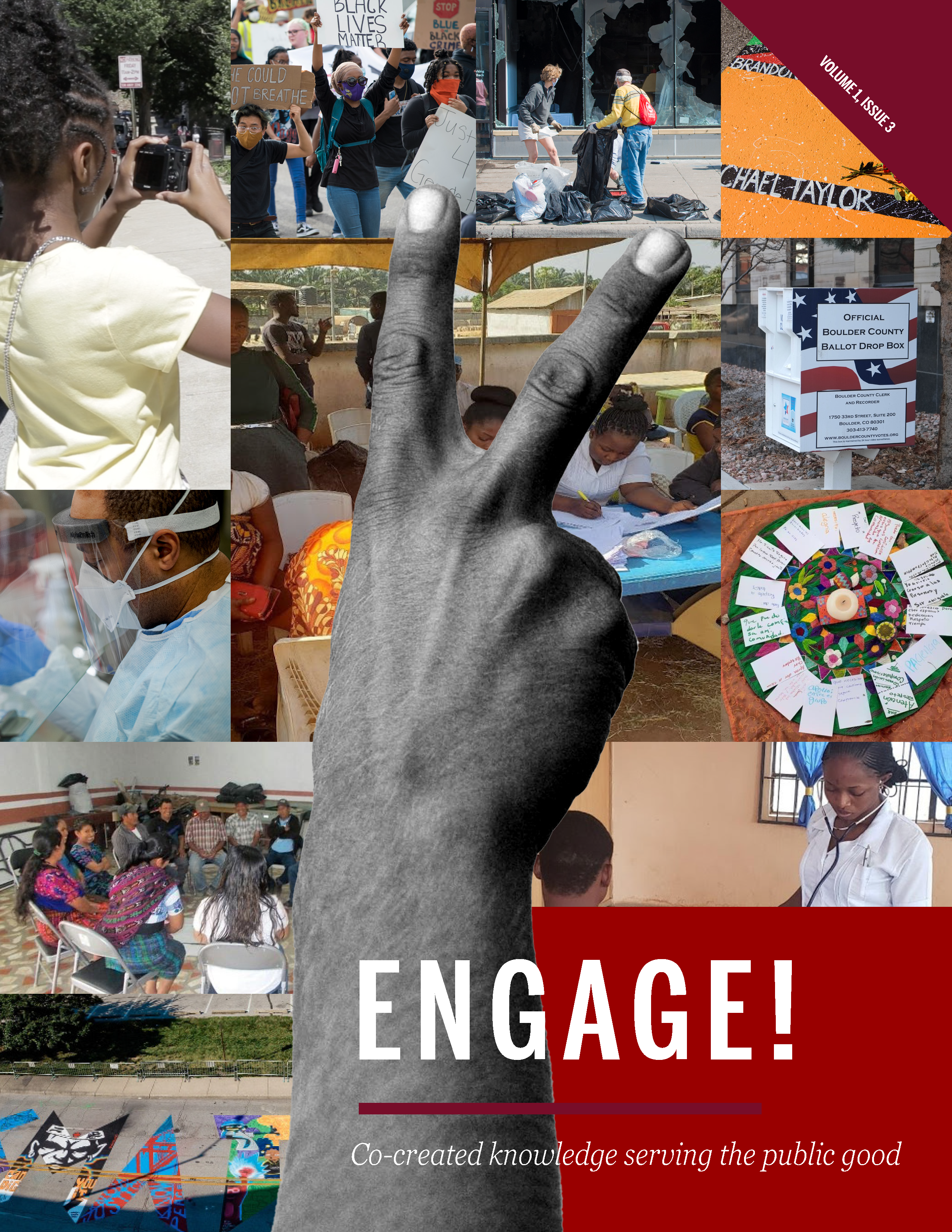Engaging Communities to Improve Healthcare for Non-communicable Diseases
Notes from the Field in Southeastern Nigeria
DOI:
https://doi.org/10.18060/24148Keywords:
Low- and middle-income countries, non-communicable diseases (NCDs), Medical mission, sub-Saharan Africa, Nigeria, Community engagementAbstract
Low- and middle-income countries have limited health resources, which contribute to high morbidity and mortality from non-communicable diseases, such as diabetes and hypertension. As the prevalence of diabetes and hypertension is expected to increase globally, sub-Saharan African countries, such as Nigeria, will be most affected. Medical missions can play a critical role in achieving non-governmental organizations’ goal of ensuring healthy lives by improving healthcare access for vulnerable populations. Medical missions are defined as travel by trained medical professionals, including nurses, to foreign countries, with a specific medical purpose for a designated period of time, ranging from one week to years, depending on the organization. Using a narrative inquiry approach, we describe a collaborative, community-engaged medical mission in rural southeastern Nigeria aimed at increasing access to care for non-communicable diseases and improving self-management. Through annual intensive medical missions (lasting one to three days each year) from 2004-2018, we provided 39 service days for 7,376 children and adults (male = 1,636; females = 4,802) from 23 surrounding communities. This included conducting 50 cataract surgeries, distributing 3000 reading glasses, and providing follow-up care as needed. The prevalence of diabetes and hypertension was high. Other common health conditions included malaria, osteoarthritis, and eye diseases. Our medical missions addressed unmet health needs for non-communicable diseases and maintained year-round, weekly, follow-up clinics. Community engagement and stakeholder involvement contributed to the sustainability of our medical mission project. Additional work is needed to monitor health outcomes prospectively, evaluate the impact of our medical mission, and create a cost-effective and sustainable model to improve the health of this population.
Downloads
Published
Issue
Section
License
Copyright (c) 2020 Dr. Ukamaka Oruche, PHD, RN, FAAN, Dr. Jenny Liu, PHD, Dr. Tamara Otey, PHD, RN, Ms. Auggy Hone, Ifeanyi Okwuchukwu MD, MBBS, Dr. Yvonne Commodore-Mensah, PHD, MHS, RN, FAAN

This work is licensed under a Creative Commons Attribution-NonCommercial 4.0 International License.

